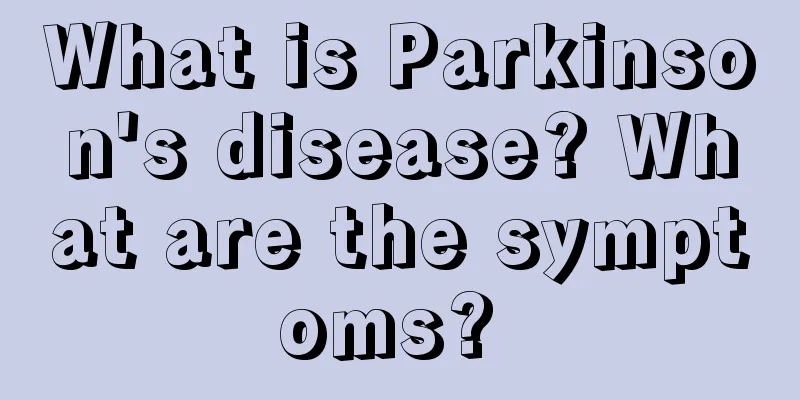Function of red light therapy device

|
The main function of the infrared therapy device is to treat skin diseases, surgery, internal medicine, gynecology, and burns. We also often go to the otolaryngology department, where we will encounter treatment with this instrument. First of all, we must pay attention to the scope of treatment. We must choose the right indications. Symptomatic treatment will recover quickly. Wrong treatment will only lead to ineffective examples. We must also pay attention to choosing the appropriate diagnostic plan based on the actual situation. Therapeutic mechanism The therapeutic mechanism of red light therapy is to produce photochemical effects on organisms, which can produce important biological effects. Should and treatment effect. Mitochondria in cells absorb red light the most. After being irradiated with red light, the activity of mitochondrial catalase increases, which can increase cell metabolism; increase glycogen content, protein synthesis and adenosine triphosphate decomposition, thereby enhancing cell regeneration and promoting the healing of wounds and ulcers; it also increases the phagocytic function of white blood cells and improves the body's immune function. Therefore, it can treat a variety of diseases clinically. From clinical trials over a long period of time and the collected usage reports and papers, we can see that red light therapy devices can be used properly with auxiliary drugs to treat many diseases in dermatology, surgery, internal medicine, gynecology, burns, otolaryngology and other departments. The red light therapy device is manufactured with different selective absorption characteristics; it can promote the solidification of diseased tissue protein in a shorter period of time, improve local blood circulation, enhance immune function, promote local tissue metabolism, and produce a series of benign reactions, promote the generation of new squamous epithelial cells, accelerate the absorption of exudates, and reduce muscle tension, thereby achieving the purpose of reducing swelling, inflammation, analgesia, eradicating erosive tissue, accelerating wound healing and even curing diseases. Treatment range 1. Dermatology: herpes zoster, alopecia areata, lower limb ulcers, bedsores, phlebitis, erysipelas, furuncle, dermatitis, folliculitis, acne, paronychia, rosacea, anal itching, frostbite and various condylomata, etc.; 2. Surgery: wound infection, abscess, ulcer, prostatitis, lumbar muscle strain, anal fissure, periarthritis of shoulder, soft tissue contusion, scald, induration of buttocks after injection, burn and healing after surgery, etc.; 3. Gynecology: chronic pelvic inflammatory disease, adnexitis, cervical erosion, vulvar leukoplakia, genital pruritus, cystic hyperplasia of the breast, acute mastitis, nipple erosion, postpartum infection and recovery after surgery, etc.; 4. Internal Medicine: pediatric diarrhea, ischemic heart disease, chronic gastritis, pediatric pneumonia, neuralgia, etc.; 5. Otolaryngology: chronic rhinitis, tonsillitis, external otitis, laryngitis; 6. Burns Department: II゜Burns, infections and surgical healing. |
<<: The hazards of physiotherapy beds
Recommend
How to build wrist strength?
1. You can find some heavy things to carry every ...
How to correct cervical scoliosis?
Scoliosis of the spine is actually quite common, ...
How can patients prevent recurrence and metastasis after cancer treatment? What should we pay attention to in our daily life?
The resurgence of cancer is often a headache for ...
What to do if my back hurts due to poor breathing
A stitch in the side is a very common phenomenon....
How to choose a cervical pillow
Many people have problems with their cervical ver...
What are the uses of redwood trees?
I believe everyone knows the plant called redwood...
What are some tips for getting a newborn to sleep?
Newborn babies usually lack a sense of security, ...
Is epilepsy hereditary? What should patients do?
Epilepsy, also known as epilepsy, has different o...
Are there benign prostate tumors?
Prostate cancer is a disease that everyone feels ...
How to effectively treat myositis ossificans
Myositis ossificans is an abnormal ossification p...
What's the matter with thyroid cancer but normal thyroid function
Thyroid cancer is a malignant tumor, but normal t...
How come liver cancer is diagnosed at the advanced stage after a checkup? Beware of these daily asymptomatic liver cancers
Liver cancer susceptible population: He ate well ...
How should I maintain my health after brain cancer surgery?
The best time to treat cancer is the early stage ...
What is the method of making white wine with wild grapes?
Wild grapes are a kind of wild grape. The grains ...
How to do mid-term care for skin cancer
Skin cancers such as squamous cell carcinoma and ...









